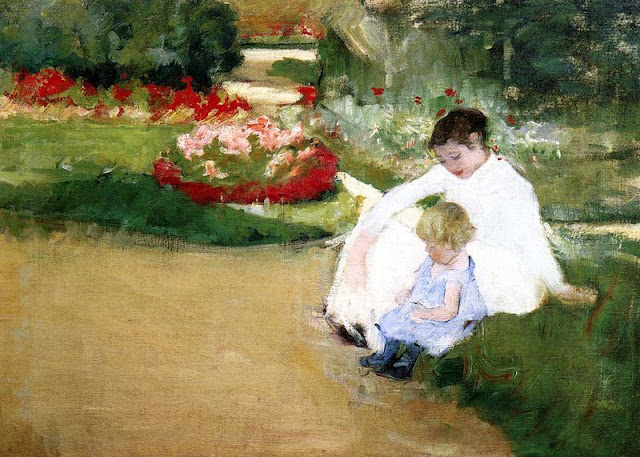In 1943, Kline met Willem de Kooning at Conrad Marca-Relli’s studio and within the next few years also met Jackson Pollock. Kline’s interest in Japanese art began at this time. His mature abstract style, developed in the late 1940s, is characterized by bold gestural strokes of fast-drying black and white enamel. His first solo exhibition was held at the Egan Gallery, New York, in 1950. Soon after, he was recognized as a major figure in the emerging Abstract Expressionist movement. Although Kline was best known for his black-and-white paintings, he also worked extensively in color, from the mid-1950s to the end of his life.
Kline spent a month in Europe in 1960, travelling mostly in Italy. In the decade before his death, he was included in major international exhibitions, including the 1956 and 1960 Venice Biennales and the 1957 São Paulo Biennale, and he won a number of important prizes. Kline died in 1962 in New York. The Gallery of Modern Art, Washington, D.C., organized a memorial exhibition of his work that same year.
 |
| 1950 Cardinal |
 |
| 1950 Chief |
 |
| 1952 Painting Number 7 |
 |
| 1952 Untitled |
 |
| 1953 New York, N.Y. |
 |
| 1953 Suspended |
 |
| 1954 Painting Number Two |
 |
| 1955 Orange Outline |
 |
| 1955 White Forms |
 |
| 1957 Untitled |
 |
| 1958 C and O |
 |
| 1958 Heaume |
 |
| 1959 Black Reflections |
 |
| 1959 Untitled |
 |
| 1959-60 Blueberry Eyes |
 |
| 1960 Harleman |
 |
| 1961 Le Gros |
 |
| 1961 Scudera |
 |
| 1961 Untitled |



















